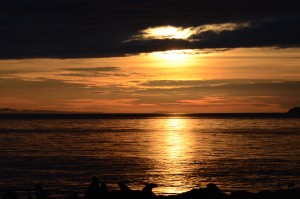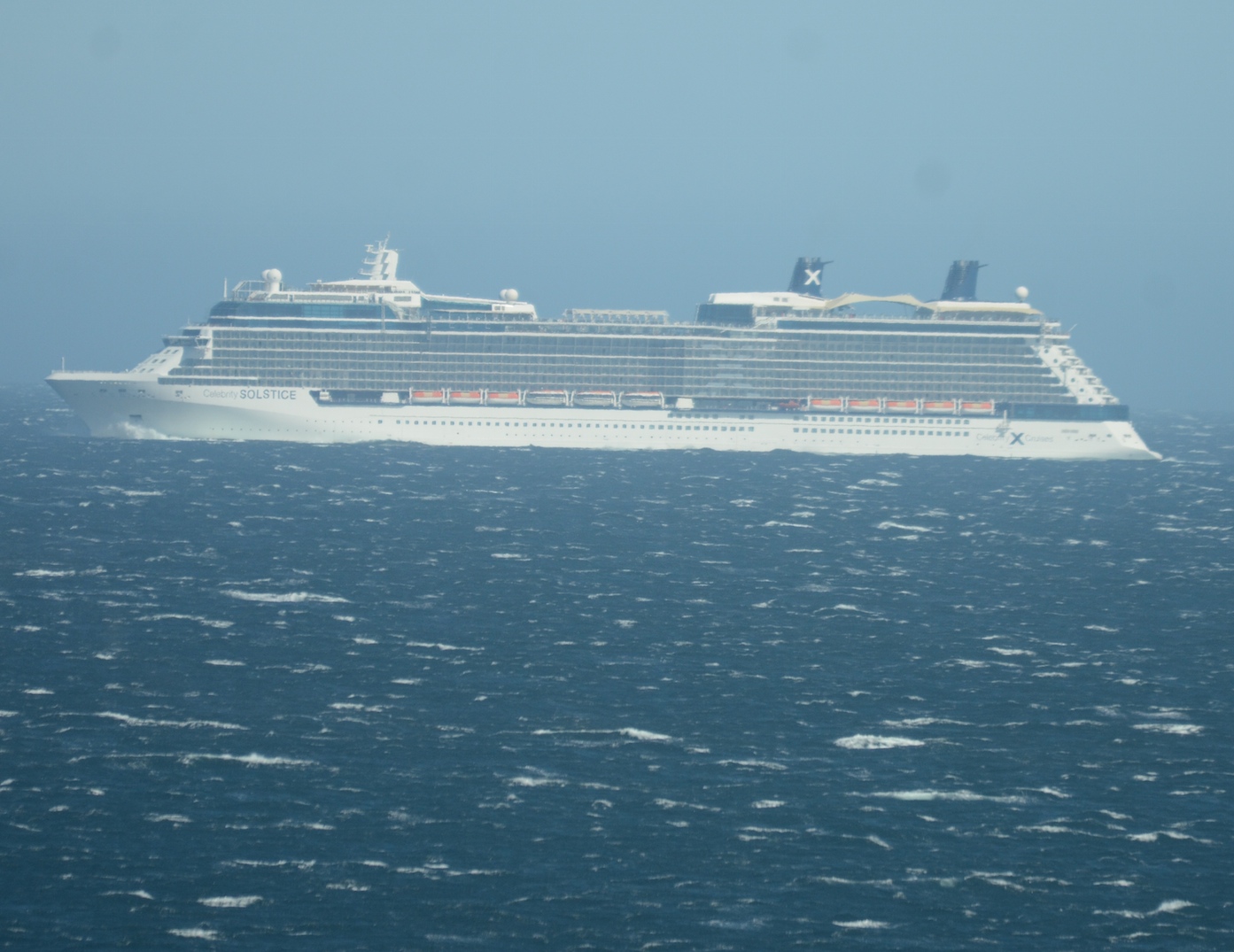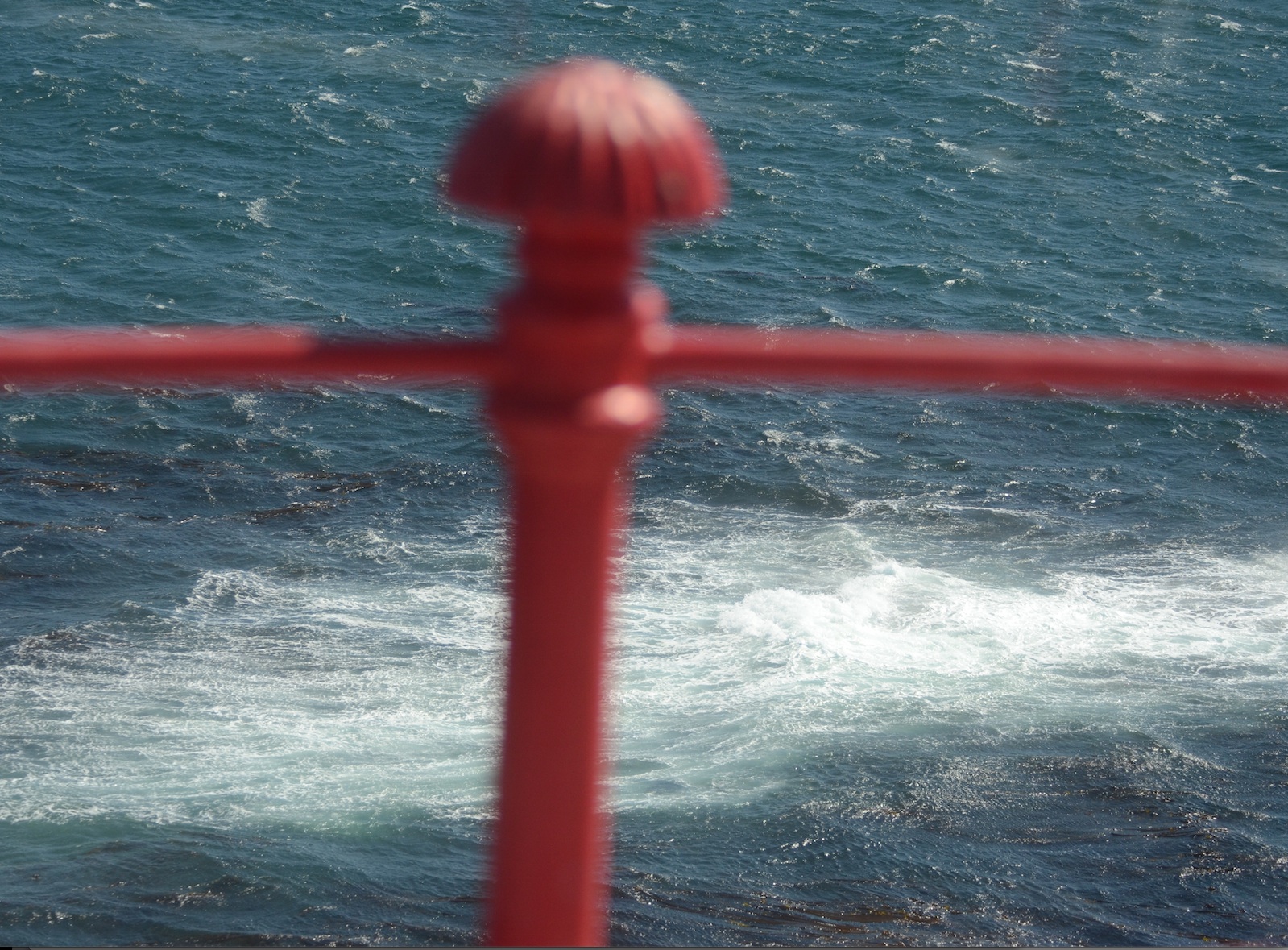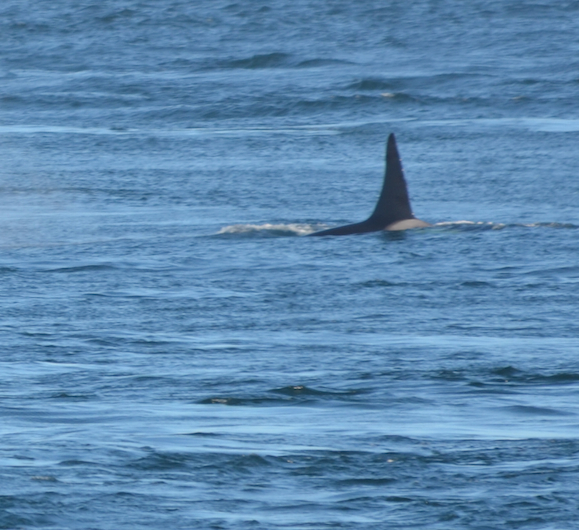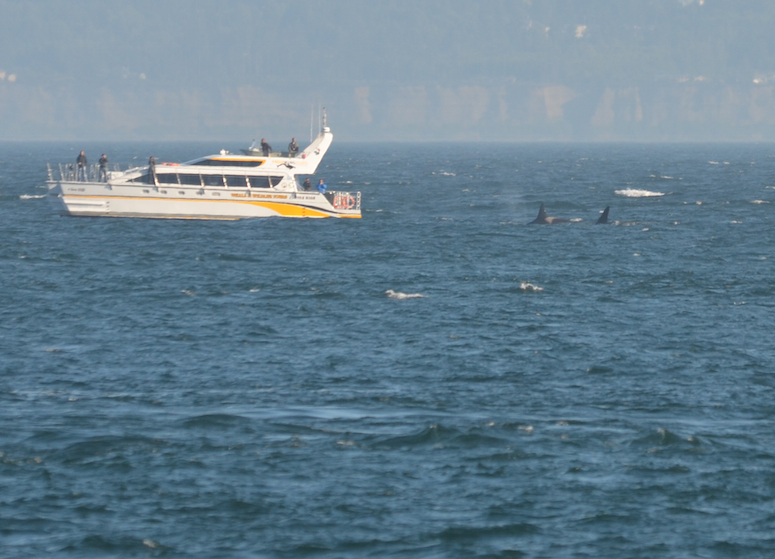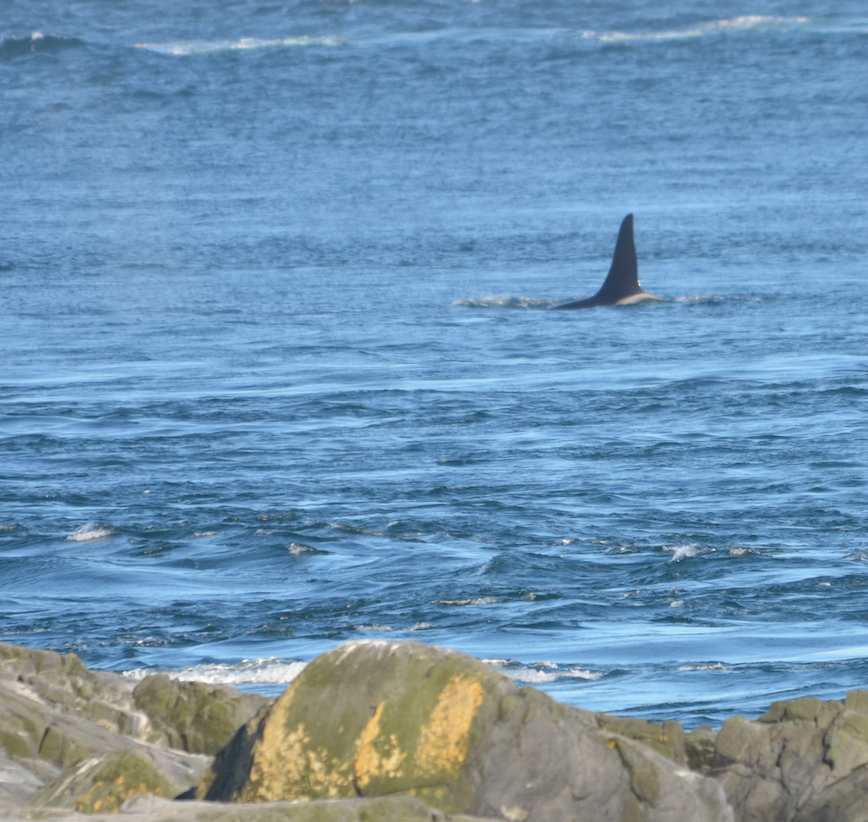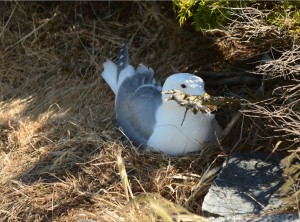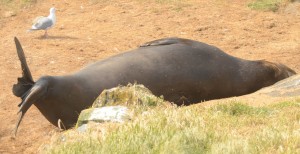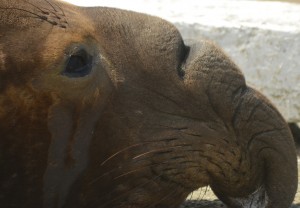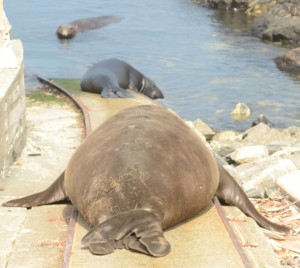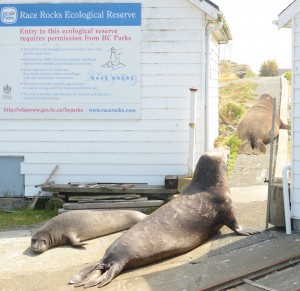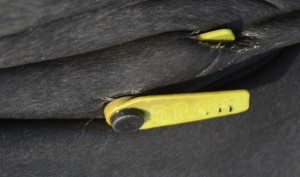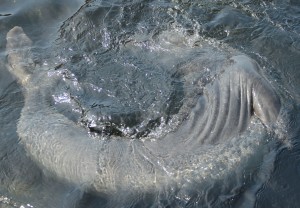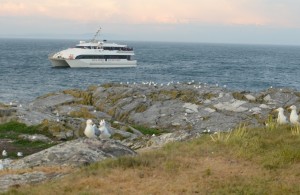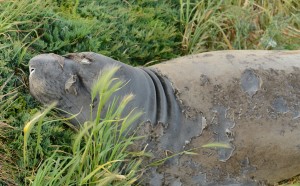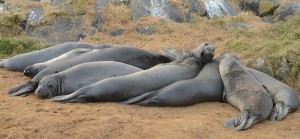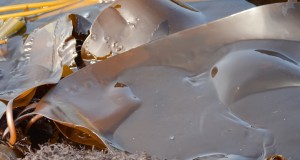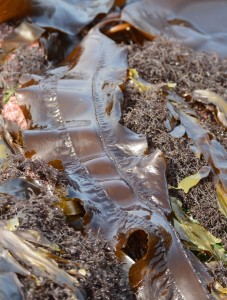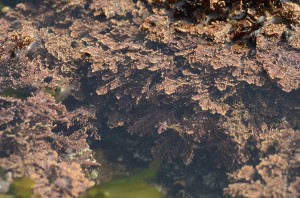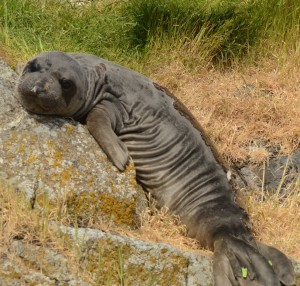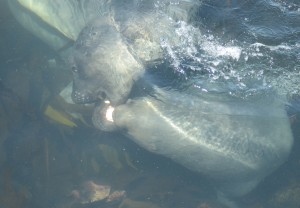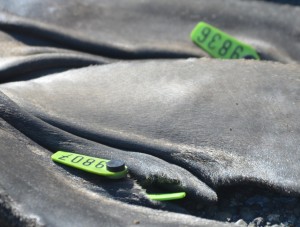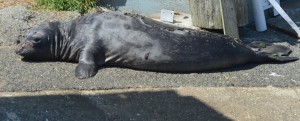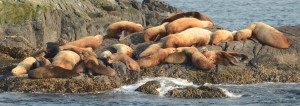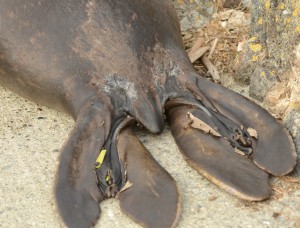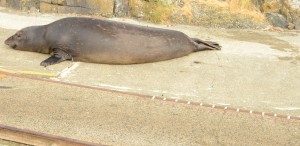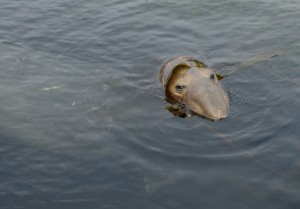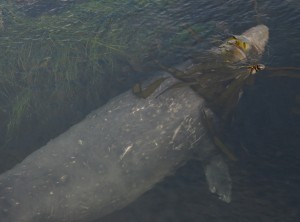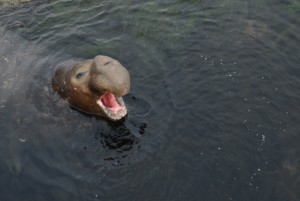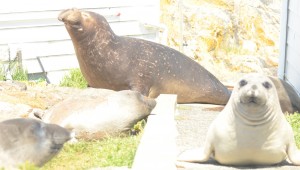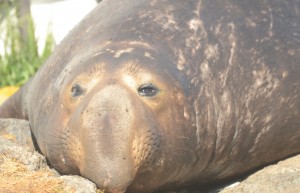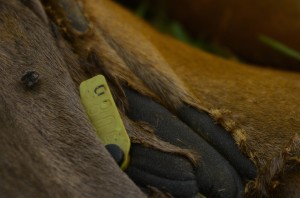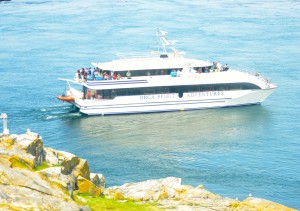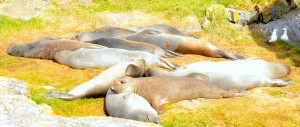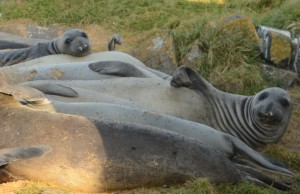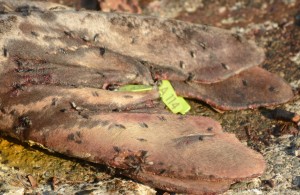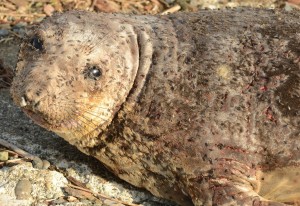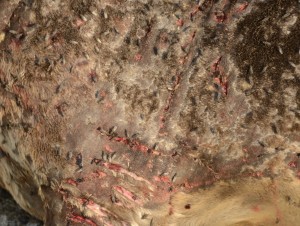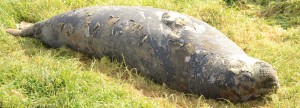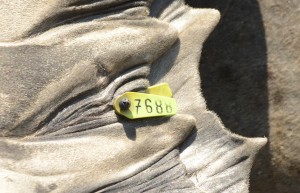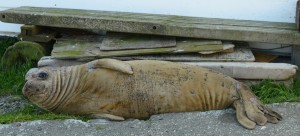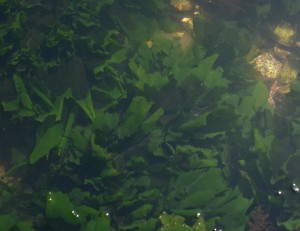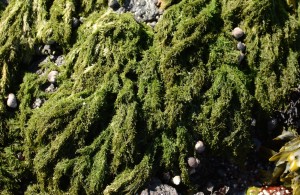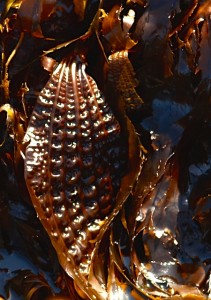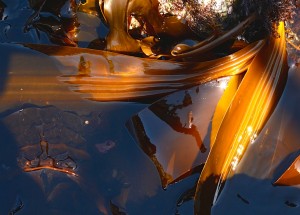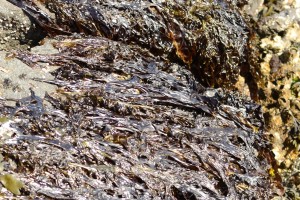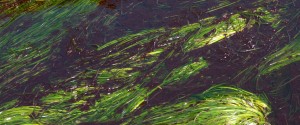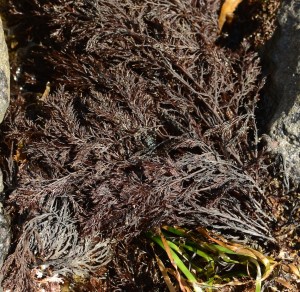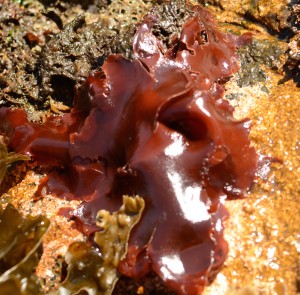A northeasterly wind gusting 20 – 25 knots brought clouds and moisture in the morning and against the flooding tide it really made the waves in Middle Channel stand right up, creating a bit of a roller coaster effect. It was much nicer in the afternoon as the northeast dropped to ~ five knots and remained calm through sunset.
The barometer continued to rise today and reached ~1018 hPa before steadying. The forecast calls for light westerlies and some sun tomorrow with periods of rain on Tuesday.
There was quite a bit of whale-watching activity today: 20 visits by commercial operators were observed in the reserve. The sea otter is a definite attraction as are the sea lions. Island Explorer out of Port Angeles takes the sustainability prize for the day, travelling at a very low speed, staying in the middle of the channel and giving the wildlife a respectful distance. Seven sports fishing boats were observed in reserve today. Of those, four of them were speeding and one was fishing and then speeding in reserve. Time for more communications to the boating public who might not be as aware as the commercial operators about rules of conduct in the Ecological Reserve.
The sea lions continue to crowd ashore to moult and wedge themselves in tightly together in order to raise skin temperature for their important hair change. The soil here is full of sea lion hair, moulted Northern Elephant Seal skin with very short fur and is rich in guano from the nesting seabirds. No wonder the spring flowers are so spectacular. A Great Blue Heron visited Great Race today, an unusual sight here on the rock.
No visitors today. Chores were routine and entropy fighting.
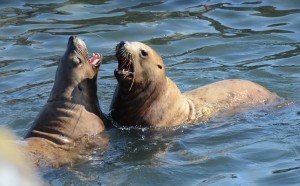
Steller Sea Lions sparring in the water. Note the forward pointing vibrissae (whiskers) of the animal on the right. These animals spend hours play fighting.
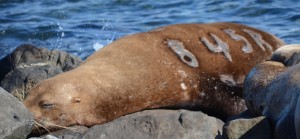
Collection of sealion brand observations continues. This Stellers was branded as a pup in southern Oregon.
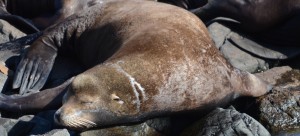
It is possible that this California Sea Lion is recovering from having a plastic strap removed from its neck. Veterinarian Marti Haulena of the Vancouver Aquarium removed straps from several individuals last year. Aquarium

